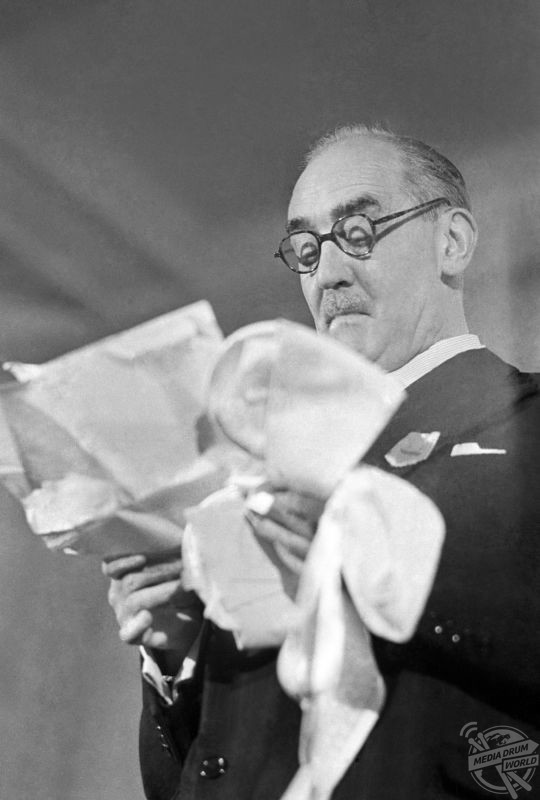
By Flora Smith and Mark McConville
AMAZING vintage images have revealed the post-World War Two invention of inflatable bras as women strived to look like Marilyn Monroe in 1952.
Christian Dior exploded the gloom of wartime fashions in 1947 with the “New Look” and by 1952, if you didn’t have the natural assets of that year’s “it girl” Marilyn Monroe how could you get the rocket bosoms necessary for the perfect fit of your Dior-inspired fashions?
US lingerie pioneers La Resista Corset Co. of Bridgeport, Connecticut, had the answer: inflatable assets under the brand name Tres Secrete. Tres Secrete had plastic pads inside the cups that could be blown up using a small straw.
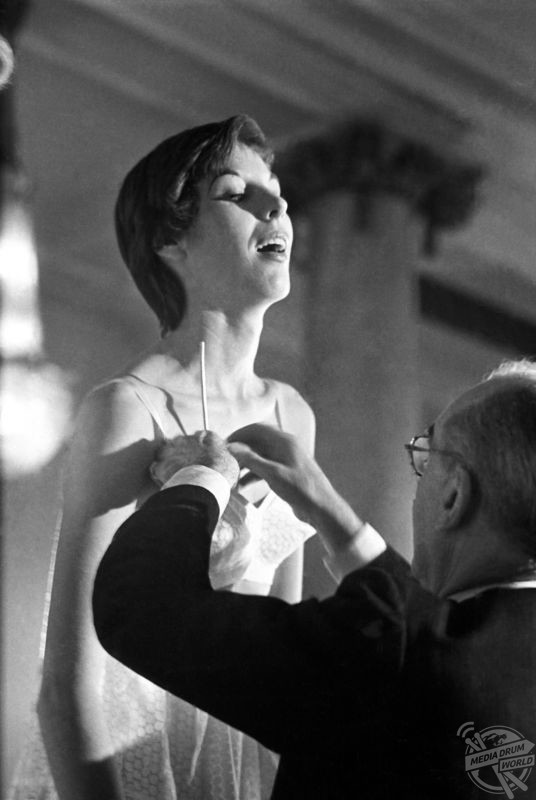
Incredible images show models demonstrating how to inflate the bras and walking the catwalk and marketing men making the pitch to the buyers. A potential buyer has a cup of tea in one hand and a cigarette in her mouth while she sizes up a model showing off the bra. A store buyer checks the fabric, cigarette in hand.
Other stunning pictures show models revealing the strapless version of the bra, while in additional shots, the presumed marketing manager reads his speech, bra in hand, while standing in front of “before” and “after” posters.
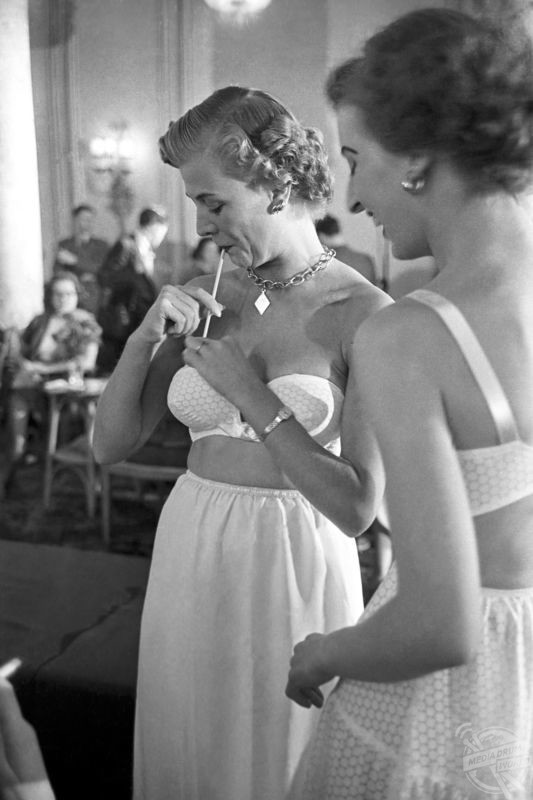
The remarkable photographs were discovered by TopFoto in their extensive archives.
One puff for a Venus is one thing; the thought of the bra popping in public quite another. The marketing men were keen to demonstrate the strength of the product and staged young models (and salesmen) balancing on the inflated bras to prove their point.
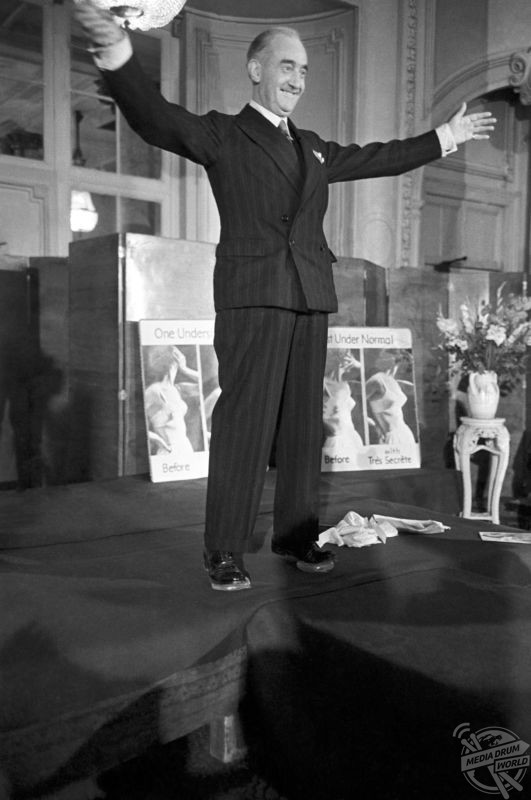
The Tres Secrete consisted of a normal bra with a pocket lining in each cup. Plastic pads were inserted into these pockets and inflated to the desired size. This was achieved by inserting a plastic tube into the valve opening at the top of each pad and blowing in as much air as required. The plastic tube would then be withdrawn and the valve sealed by pressing it between thumb and forefinger.
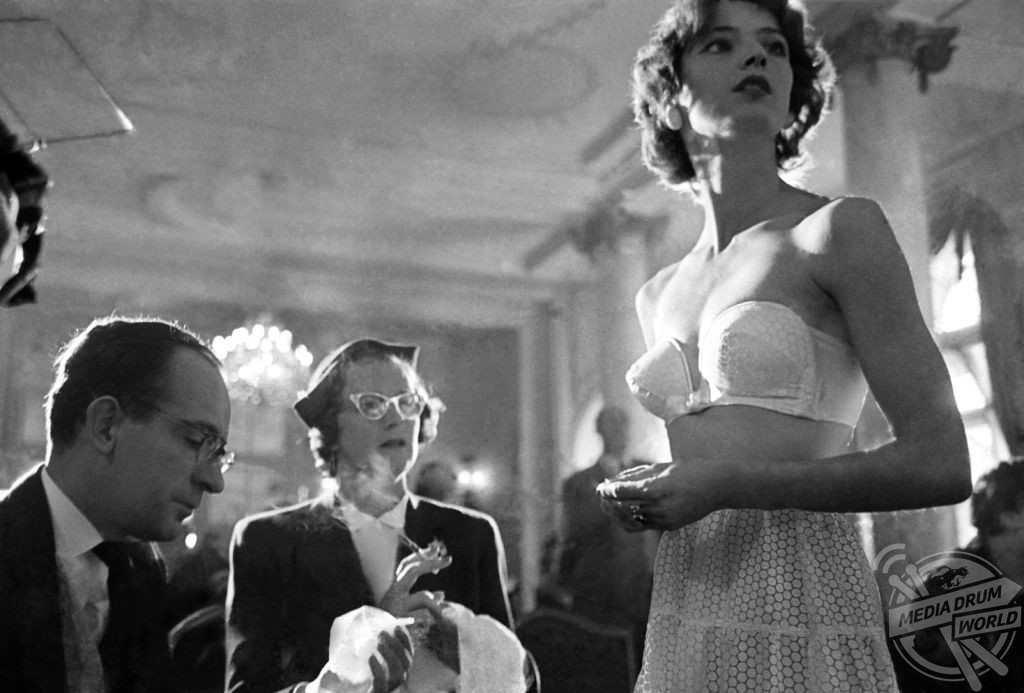
Originally marketed as a fashion brand to the naturally small breasted, these inflatable bras were in fact mainly worn by women who had undergone mastectomies, with breast cancer diagnosis on the rise after WWII and radical surgery the most frequent treatment.
The series of 22 photographs are available at www.TopFoto.co.uk having been expertly restored from the original 1952 negatives.






